Behind label printing technology lies a seemingly inconspicuous yet crucial component – ribbons. It is the "ink" of thermal transfer printing, and the quality of its slitting directly determines the clarity, durability and quality of the final product. For a factory that has been focusing on ribbon production for many years, this road to automation is not only a technological innovation, but also a self-revolution in terms of efficiency, quality and competitiveness.

1. Pain points in the past: the difficulty of traditional manual slitting
A few years ago, the factory's slitting workshop was a different story: huge master coils were erected on the slitting machine, and several experienced masters stared at the rapidly turning blades as the machine roared. Their job includes loading, aligning, adjusting tension, monitoring the slitting process, and finally unloading, inspection, and packaging.
This manpower-dependent model gradually exposes pain points that are difficult to ignore:
1. Efficiency bottleneck: Loading, coiling, and debugging equipment are time-consuming. Every time an order is switched to different specifications (such as width and length), it is necessary to stop the machine to reset the parameters, which seriously constrains production capacity.
2. Quality fluctuations: Product quality is highly dependent on the experience and status of the master. The human eye cannot continuously and accurately identify micron-level burrs, streaks, or dirt, resulting in unstable product yield rates and frequent customer complaints.
3. Rising costs: Skilled workers are becoming increasingly scarce, and labor costs are rising year by year. At the same time, material waste caused by human error (such as cutting deviation, broken belt) is also a significant expense.
4. Missing data: Most of the key data in the production process, such as actual meters, real-time tension, speed, etc., rely on manual records, which are difficult to trace and analyze, and cannot provide data support for refined management and process optimization.
Wang Gong, the workshop manager, recalled: "At that time, we were most afraid of receiving urgent small-batch and multi-specification orders. As soon as the specifications are changed, it will be gone in half a day, the efficiency is low, and people are tired enough to choke. The quality depends on the master's feel and sense of responsibility, and he is always uneasy. ”
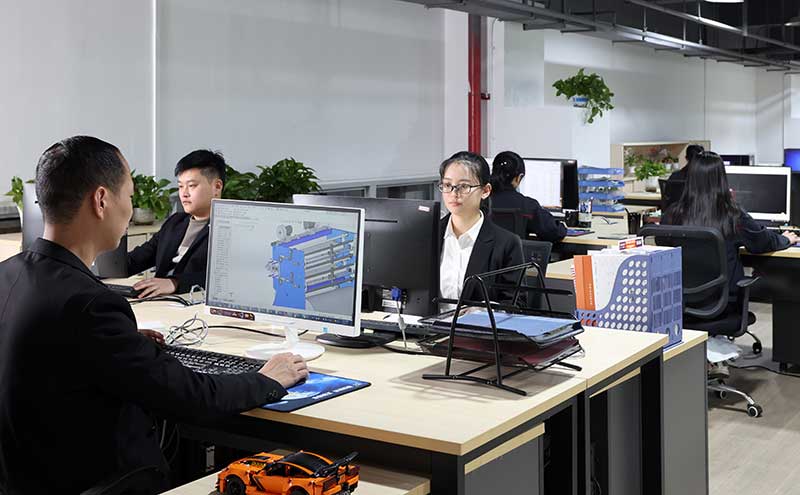
2. Breaking the game: the choice of automated slitting scheme
Faced with increasing market demands for ribbon precision and delivery speed, management realized that change was imminent. After in-depth market research and technical demonstration, they finally decided to introduce a fully automatic ribbon slitting production line.
At the heart of this automation solution is "unmanned intervention" and "data-driven":
• Automatic loading and unloading system: Using AGV trolleys or robotic arms, the heavy master coils are automatically transported and installed on the slitting machine, and the finished products are automatically unloaded after completion.
• Intelligent vision inspection system: Under the high-precision camera, even the slightest imperfection is undetected. The system can identify and mark defects in real time, and even automatically sort defective products to ensure that the products are 100% qualified.
• Precise tension control system: The fully digital servo control system ensures that the tension is constant and uniform during the slitting process, fundamentally avoiding problems such as broken bands and wrinkles caused by sudden changes in tension.
• Central Control and MES Integration: The entire slitting process is controlled by a central computer, and the operator only needs to enter the product specifications and start with one button. All production data (meters, speed, yield rate, energy consumption, etc.) are automatically uploaded to the manufacturing execution system (MES) to achieve visualization and traceability of the whole process.
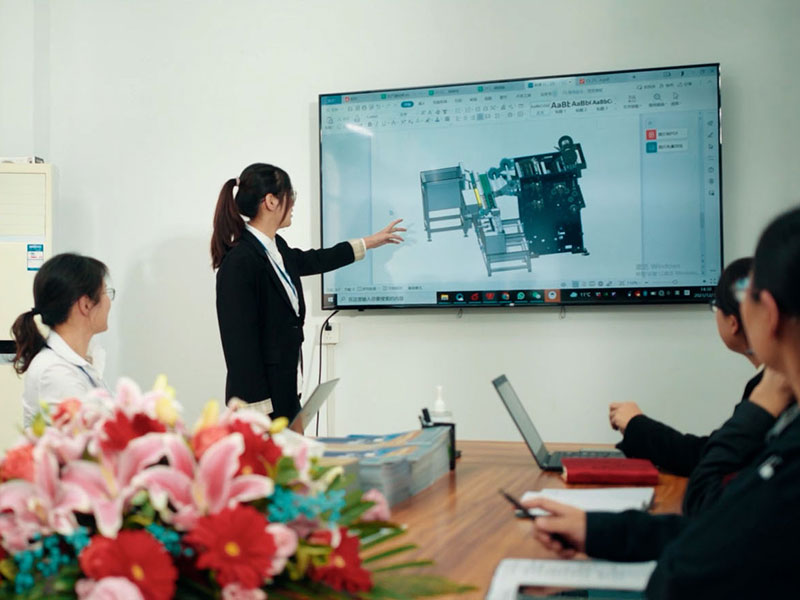
3. The Road to Upgrades: Challenges and Responses
The road to upgrade is not all smooth sailing. The installation and commissioning of new equipment, the docking with traditional systems, and the technical transformation of operators are all obstacles that need to be overcome.
The factory has set up a special team to work closely with equipment suppliers. On the one hand, systematic automated operation and maintenance training is carried out for old employees, so that they can be transformed from simple manual laborers to managers and guardians of equipment; On the other hand, the process parameters are gradually run-in, and the valuable experience of the master is transformed into standardized data of the equipment, which is stored in the database.
After months of running-in and optimization, the new production line finally operated stably.
4. Renewal effect: a comprehensive leap brought about by automation
The benefits of automation upgrades are immediate and comprehensive:
1. Efficiency doubled: The changeover time has been reduced from half an hour to a few minutes, and the overall equipment effectiveness (OEE) has been increased by more than 40%. 24-hour uninterrupted production is possible, and the production capacity has been greatly increased, making it easy to respond to urgent orders.
2. Excellent quality: The product yield rate jumped from about 95% to more than 99.5%. Unified digital standards ensure near-perfect consistency from coil to ribbon, significantly improving brand reputation and customer satisfaction.
3. Cost optimization: Although the initial investment is large, the reduction of labor costs, the reduction of material waste, and the optimization of energy consumption management have significantly reduced the comprehensive production cost, and the return on investment cycle is shorter than expected.
4. Management upgrades: Based on real-time data, managers can make more scientific decisions. The production plan and scheduling are more reasonable, quality traceability is completed with one click, and the factory has taken a solid step towards "intelligence" and "digitalization".
5. Future prospects
Standing in the new automated workshop, the machines are running in an orderly manner, with a few technicians monitoring the data flow in front of the control screen. This ribbon slitting and upgrading road is a microcosm of the transformation and upgrading of traditional manufacturing.
It proves that from relying on "human hands" to trusting "data", from "manufacturing" to "intelligent manufacturing", it is not an unattainable dream. For this factory, automation is not the end, but a new beginning. In the next step, they are planning to introduce artificial intelligence (AI) algorithms into the visual inspection system, further optimize the defect recognition model, and explore the comprehensive Internet of Things (IoT) interconnection throughout the factory, continuing to move towards the goal of building a true "black light factory".
This road of upgrading illuminates the future of its own development and provides a valuable transformation model for its peers.



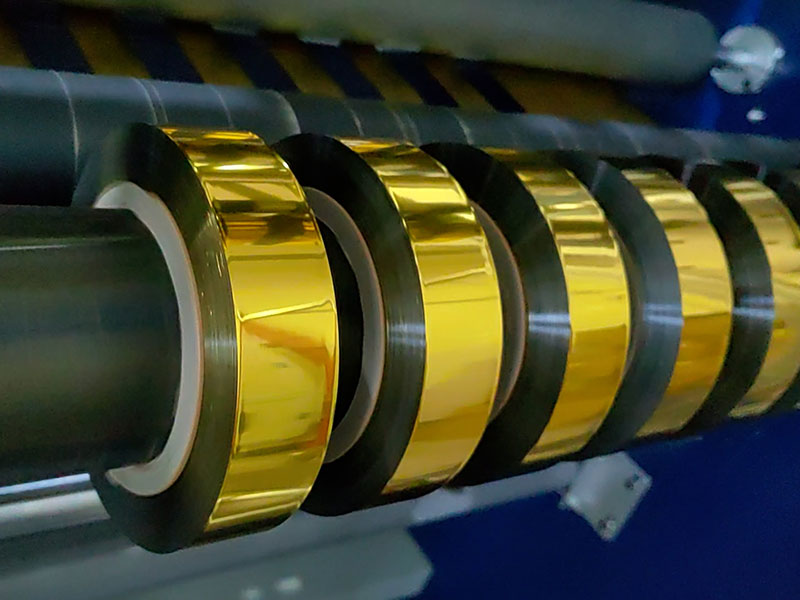
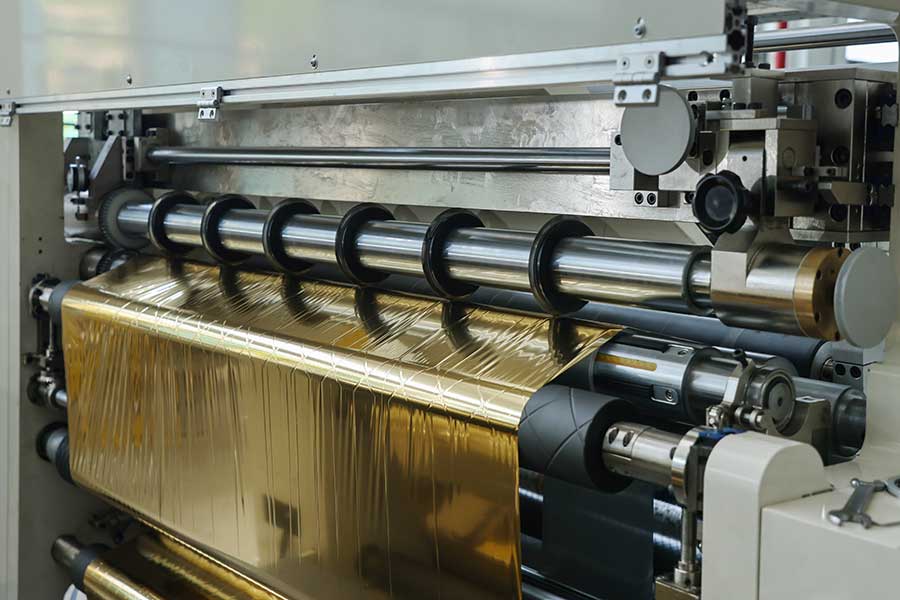
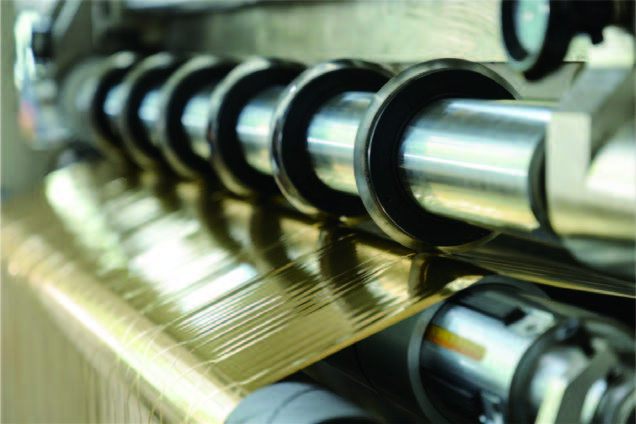
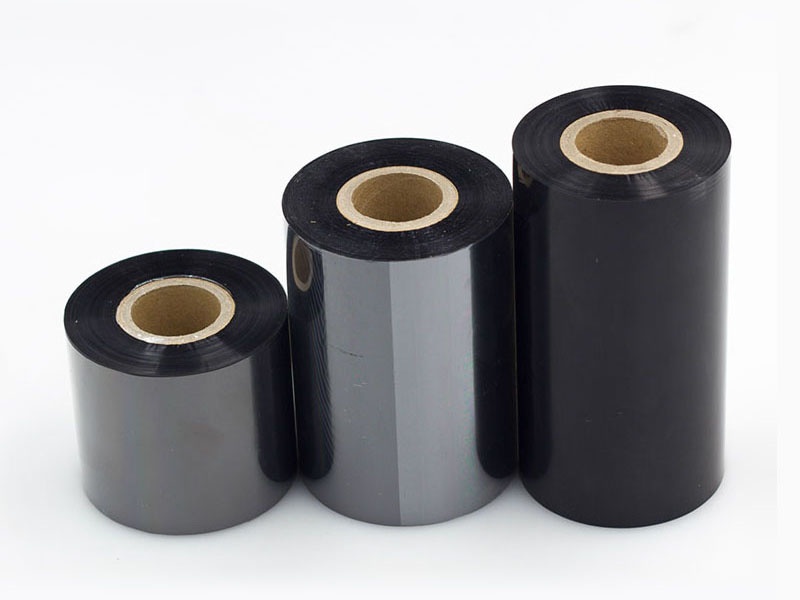
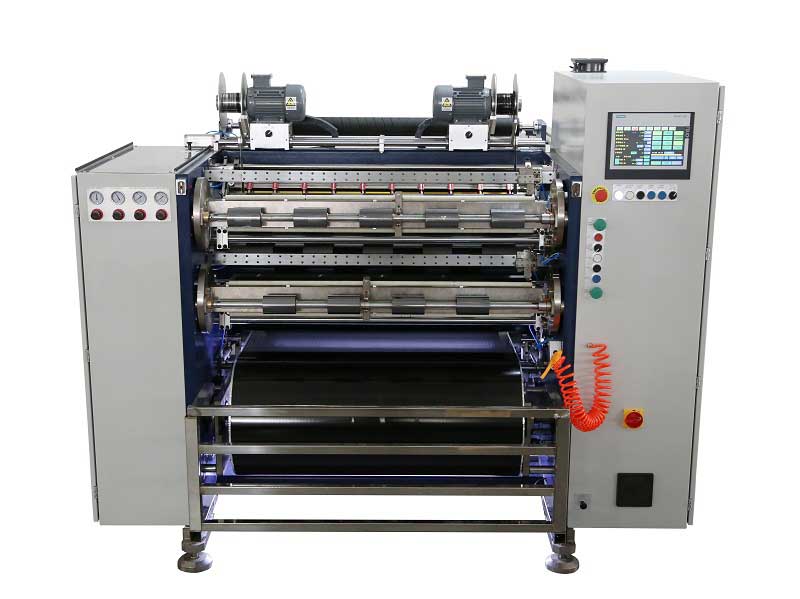 Automatic Thermal Transfer Ribbon Slitting Machine RSDS8 H PLUS
Automatic Thermal Transfer Ribbon Slitting Machine RSDS8 H PLUS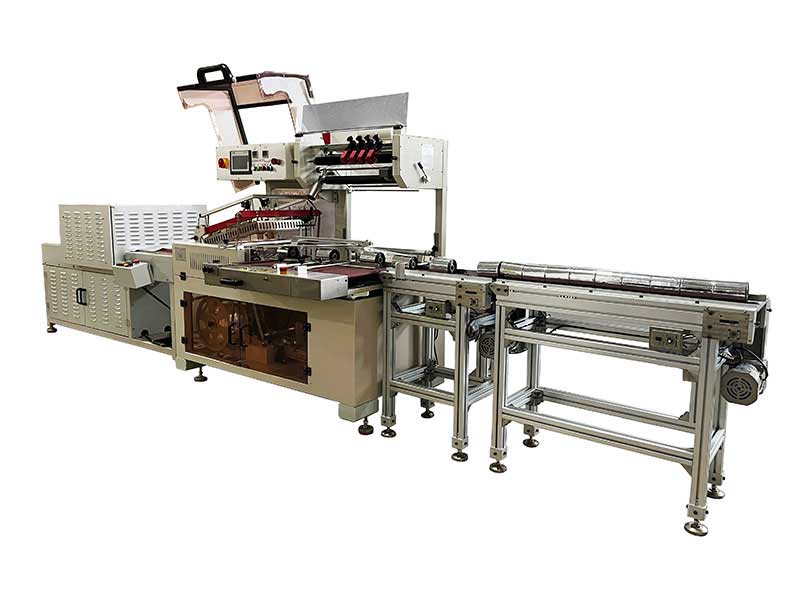 Thermal Transfer Ribbons Packaging Machine
Thermal Transfer Ribbons Packaging Machine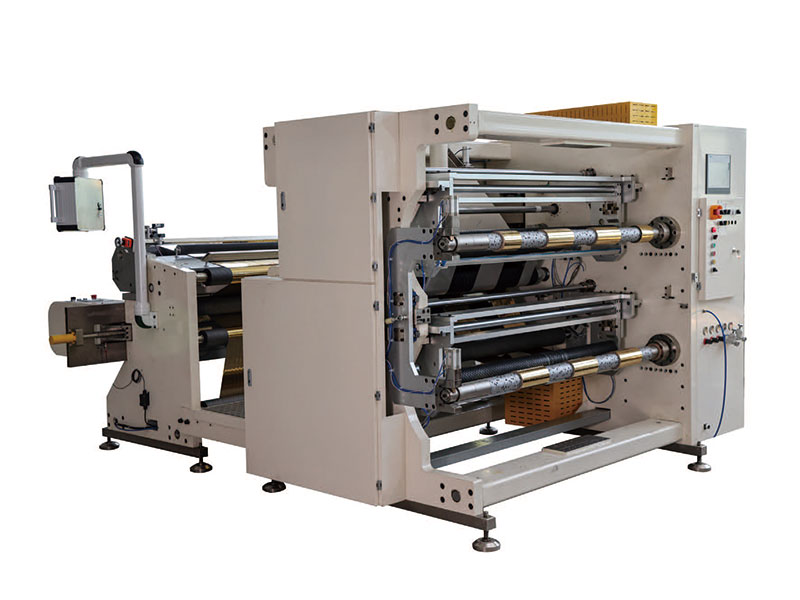 1400mm Hot Stamping Foil Slitting Machine
1400mm Hot Stamping Foil Slitting Machine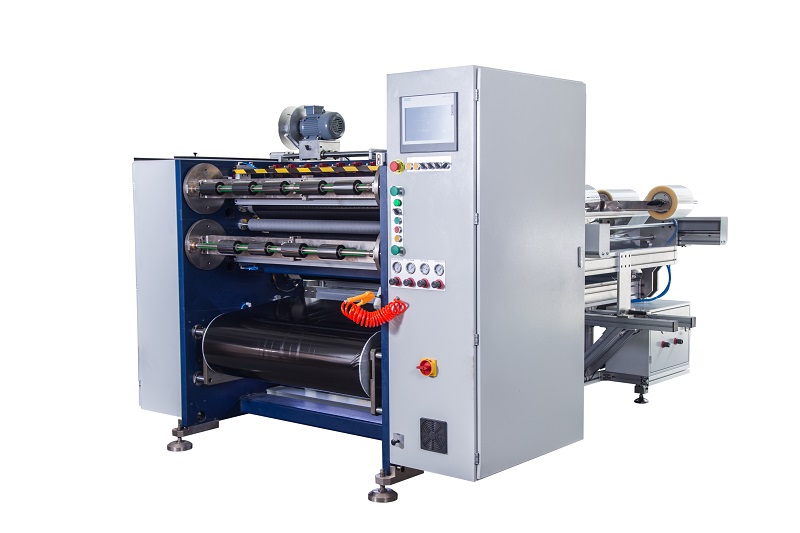 Semi Automatic Thermal Transfer Ribbon Slitting Machine RSDS5 PLUS
Semi Automatic Thermal Transfer Ribbon Slitting Machine RSDS5 PLUS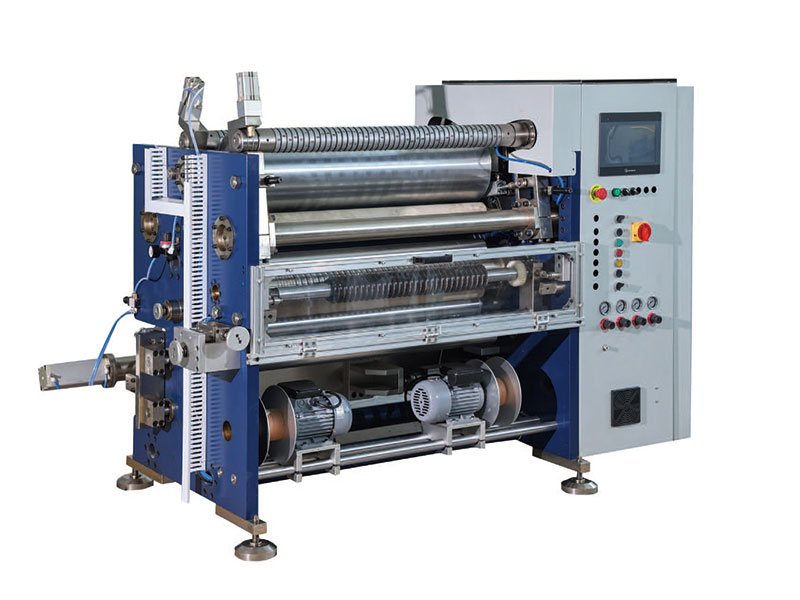 800mm Hot Stamping Foil Slitting Machine
800mm Hot Stamping Foil Slitting Machine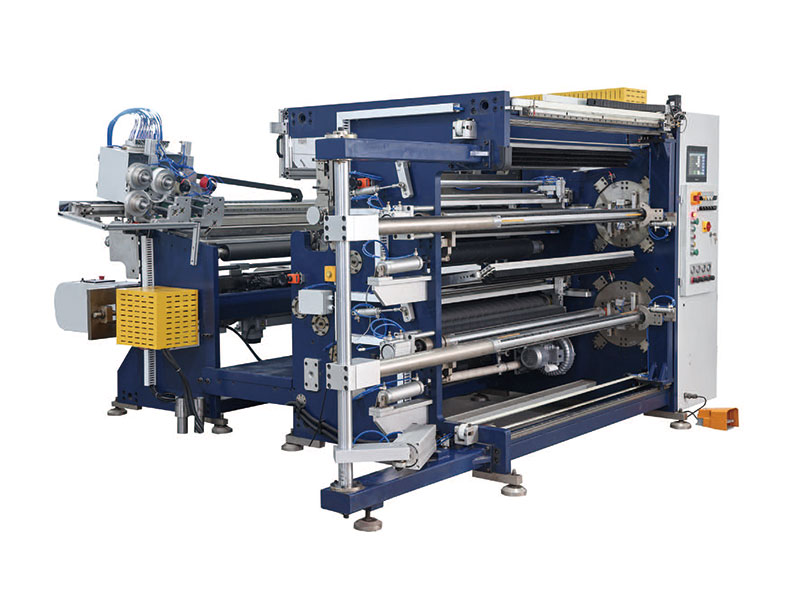 1350mm Hot Stamping Foil Slitting Machine
1350mm Hot Stamping Foil Slitting Machine New Energy Ultra-thin Film Slitting Machine For Capacitive Film
New Energy Ultra-thin Film Slitting Machine For Capacitive Film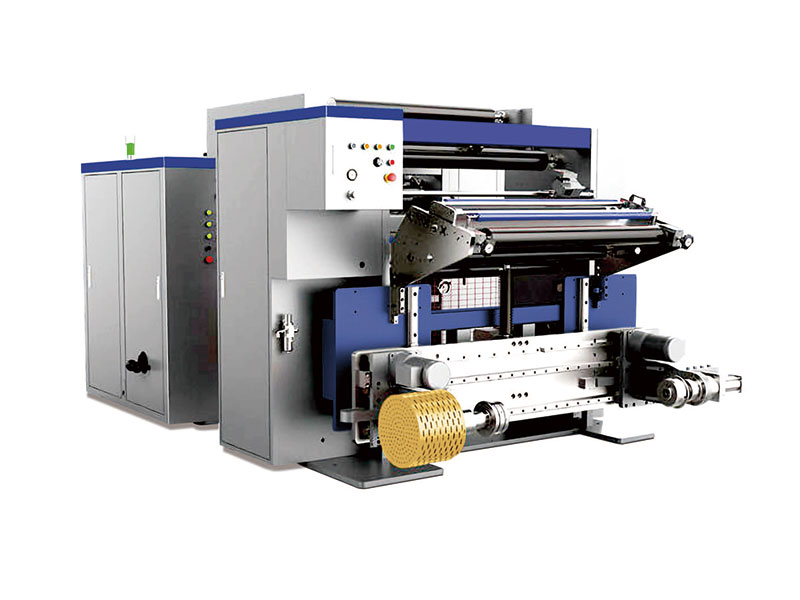 High Speed Slitting Machine
High Speed Slitting Machine

